QuestionHello, my name is Heather and I'm 22yrs old. I have a Female Pitbull/german shepard mix who is pregnant and locked on the 29th of dec. I also have a 6 month old redbone retriver(sp) who is full of energy, I work during the day and I leave my dogs inside because its cold out. My First Question is, Jasper the pregnant one seems to be getting very moody with roxy here latley, snapping at her, growling ect. Roxy enjoys playing and I'm afraid jasper is going to hurt her. Any idea on what I need to do to make sure nothing bad happenes. I also want to make sure roxy isn't causing jasper to much stress.
Also, sorry for writing so much, this website was a blessing, House breaking roxy has been a chore, it seems nothing I do she still keeps using the bathroom in the house. Any ideas? And what's a good diet for Both My dogs. I want the best for them, there like my children and I want to make sure they are in good health.
Thank you so much!
AnswerHi Heather,
Having two female dogs is often more problematic in the way of dog to dog aggression, than it is when two male dogs live in the same home. It may be, that your younger dog is coming into puberty, and so the older dog is asserting herself more, and that this problem has nothing to do with Jasper's pregnancy, and more to do with dog "pack" status. It might help if the younger dog was spayed, though it's never a guarantee that it will change things.
As long as blood isn't shed, letting the dogs "work out" this on their own, which may look like a fight, will allow the dogs to settle this matter. Step in only when it looks like somebody is going to get hurt. If the fighting gets out of control, having the aggressive dog wear a basket style muzzle is a humane option. While wearing a basket style muzzle the dog can still pant, and even drink water.
The way to housetrain Roxy is through supervision. By preventing accidents from occurring in the first place, your dog will learn where it's appropriate to relieve herself, and where it's not.
When you can't be supervising your dog, she needs to be contained, either in a dog crate, or part of a room, with the help of a child-gate, or two. You should not let her have the run of your home until you know she is trained.
You can read about how to housetrain your dog here:
http://www.canismajor.com/dog/hsetrain.html
http://www.inch.com/~dogs/housebreaking.html
Clean the areas in your your where your dog has soiled with an enzymatic cleaner, such as Nature's Miracle. It will help keep your dog from re-soiling those same areas.
While Jasper is pregnant, she has special dietary needs. During the last 3 to 4 weeks of pregnancy, the puppies begin to grow rapidly. This puts a big demand on nutrients and the mother-to-be will need more energy. During this final part of pregnancy, your dog's weight should gradually increase by 25 to 30 percent. For this reason, during the last 3 to 4 weeks of pregnancy, your dog should be gradually fed more and more food until she is eating about 25 to 30 percent more food by the time she delivers. This means that if your dog normally eats 1 cup of food twice a day, you should slowly increase her food until she is eating 1 1/4 to 1 1/3 cups of food twice a day. Also, it is a good idea to gradually switch her food over to a diet that contains more calories per mouthful. Jasper should be given a growth/puppy food or a nursing/lactation diet. By feeding your adult dog puppy food, she will be able to consume the necessary nutrients to provide for her rapidly growing brood. A lactation diet is also a good choice.
Overfeeding or underfeeding at certain times during your dog's pregnancy can be detrimental to her health and the health of the developing puppies.
If you are quite sure that Jasper became pregnant on Dec. 29th, that's 61 days from today (Feb. 28th). On average a dog's pregnancy is 63 days. If you haven't been feeding Jasper puppy food, don't delay! As it is, she or the puppies (or both) may be suffering from malnutrition. You should have her examined by your vet, and also have the puppies examined when they are 3 days old.
Roxy, being 6 months old should still be on her puppy food diet (until she's a full year) so you won't have the problem of Roxy eating Jasper's food.
The best diet for your dogs, is the best food you can afford to buy. Don't skimp, as cheaper foods use ingredients of less quality.
The way to tell what you're feeding your dog is to read the labels!
Choose a dry food intended specifically for the period of life your dogs are currently in, puppy, adult, senior, etc. The very first ingredient in your dog's food should be an identified source of meat, such as Chicken, Turkey, Beef, etc., it shouldn't just say "Meat". A real source of meat is very digestible, and if it's listed as the first ingredient, you can assume the food offers a good-quality protein source, and includes several valuable, usable amino acids.
The first five ingredients listed on the package is what the food is primarily made of.
An identified source of "meat meal" such as "poultry meal" is acceptable to be in that list of the first five ingredients. Contrary to what many people believe, meat sources in "meal" form (as long as they are from a specified type of animal, such as chicken meal, lamb meal, salmon meal etc.) are not inferior to whole, fresh meats. Meals consist of meat and skin, with or without the bones, but free of feathers/hair, heads, feet, horns, entrails etc. and have the proper calcium/phosphorus ratio required for a balanced diet. They have had most of the moisture removed, but meats in their original, "wet" form still contain up to 75% water. Once the food reaches its final moisture content of about 9-12%, the meat will have shrunk to sometimes as little as 1/4 of the original amount, while the already dehydrated meal form remains the same and you get more concentrated protein per pound of finished product. Preferably a food contains quality meat meal as well as some fresh meat.
Meat meal may not be very pleasing to think about eating yourself, even though it's probably more nutritious. Animals do not share in people's aesthetic concerns about the source and composition of their food. Regardless, the distinction must be made in the ingredient list.
Steer clear of any food with "By-product meals", even if a species is identified (chicken/beef/turkey/lamb byproduct meal etc.), since highly questionable ingredients may be used in these rendered products.
Stay away from foods that have hard to digest grains in them such as corn, wheat, glutens, or soy. Stay away from any food that contains corn (ground or otherwise) as a first ingredient, especially if corn gluten meal is also a main ingredient and no concentrated source of identified meat protein (e.g. chicken meal, lamb meal etc.) is present.
Many nutritional problems appeared with the popularity of cereal-based commercial pet foods. The bottom line is that diets composed primarily of low quality cereals and rendered meals are not as nutritious or safe for dog.
The claim that all carbohydrates in commercial dog food are nothing but fillers and can not be digested by dogs is incorrect - properly cooked (as in extruded and baked dry foods as well as canned foods) they are highly digestible and valuable sources of energy. Look for a food with whole ground grains such as rice, oats, barley, millet etc., potatoes, sweet potatoes, or peas.
Corn often gets an undeserved bad reputation. While it is not acceptable as a main source of protein in a dog food (as it is used in combination with corn gluten), as a source of carbohydrates it is no better and no worse than other grains in terms of nutritional value and digestibility. Unless an individual dog is intolerant or allergic to corn, there is no need to avoid products which include it in reasonable amounts.
Look for a dog food that contains NO chemical preservatives, artificial colors, dyes or added sugars (or corn sweeteners). Feeding a dog food with harsh chemicals in it will set the stage for future health concerns. Stay away from foods preserved with BHA, BHT, propyl gallate, propylene glycol, TBHQ (Tertiary Butylhydroquinone), Sodium Metabisulphite and ethoxoquin. Instead, look for a food that's preserved with Vitamin E, (called "Mixed Tocopherols"), and Palmitate, Ascorbic Acid and other forms of Vitamin C.
Dogs need a certain amount of fats and oils in their diet, mostly for skin and coat health, but also for proper brain development and other critical processes in the body - and in this regard some are more valuable than others. As food ingredients they should be specifically named and of high nutritional value. Beef tallow and lard make foods highly attractive to dogs and are not harmful, but they are high in saturated fat and low in valuable fatty acids.
Look for specifically named fats and oils such as chicken fat, herring oil, canola oil, sunflower oil, flax oil etc. Mineral oil is not acceptable as a fat source.
Choose a food that has vitamins, minerals and antioxidants in it. Good nutrition is essential to a dog.
Do not give your new dog people food. Pugs have a tendency to pack on the pounds, and that's as unhealthy for a dog as it is for a person. If you start with a balanced diet and add goodies from the table, your dog won't have a balanced diet anymore, and can lead to digestive trouble. Treats that are reasonably balanced, such as Milk Bone Biscuits are OK, but since they are not really all that great nutritionally, don't let them become an important part of the diet.
This site has a dog food comparison that's very handy, it can help you compare ingredients in many brands of dog food:
http://www.naturapet.com/tools/comparison.asp
This site has a lot of helpful info about what to look for when selecting a dog food:
http://www.dogfoodproject.com/index.php?page=betterproducts
I hope I've been a help.
Best of luck!

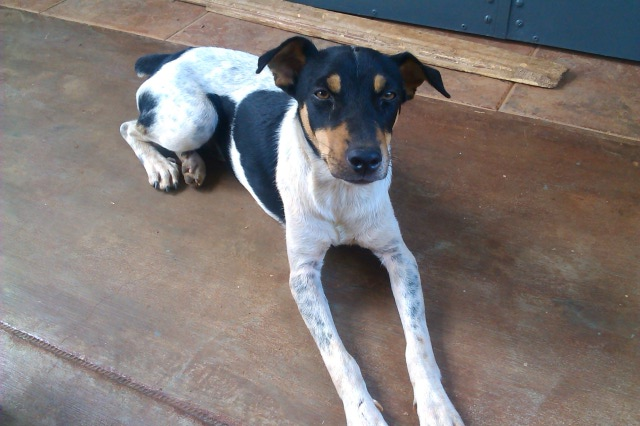 Dog breed confusion
Question
photo of Toby 1 photo of Toby 2
H
Dog breed confusion
Question
photo of Toby 1 photo of Toby 2
H
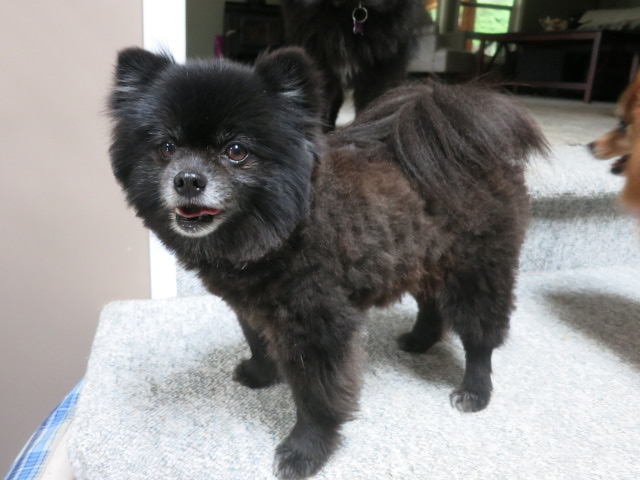 Will my Pomeranian loose his hair
Question
My Pomeranian`s hair c
I have a 5 year
Will my Pomeranian loose his hair
Question
My Pomeranian`s hair c
I have a 5 year
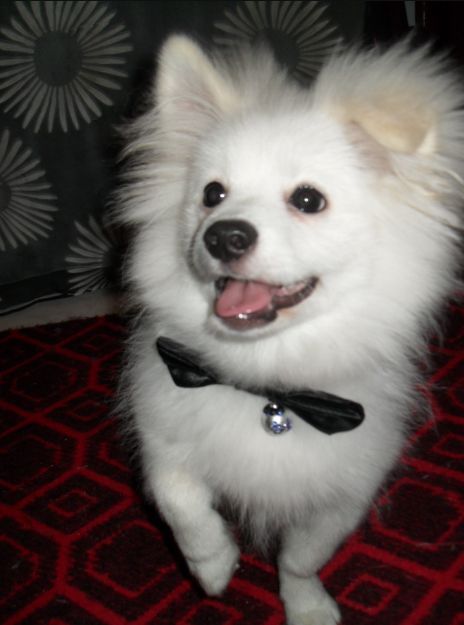 Dog Breed.
Question
Recent photo this week
Hello,
I saw that you
Dog Breed.
Question
Recent photo this week
Hello,
I saw that you
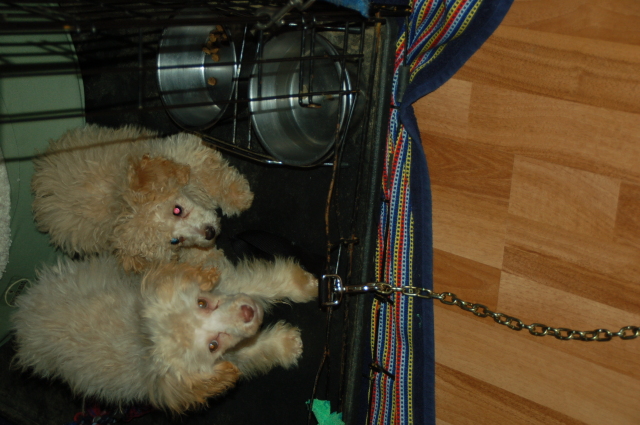 puppy behavior
Question
Cooper and Guy
Hi, thanks so much for reading
puppy behavior
Question
Cooper and Guy
Hi, thanks so much for reading
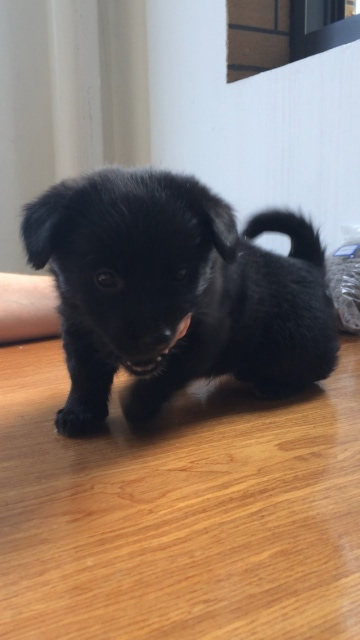 Breed info
QuestionPuppy2
Puppy
QUESTION: Hello,
So
Breed info
QuestionPuppy2
Puppy
QUESTION: Hello,
So